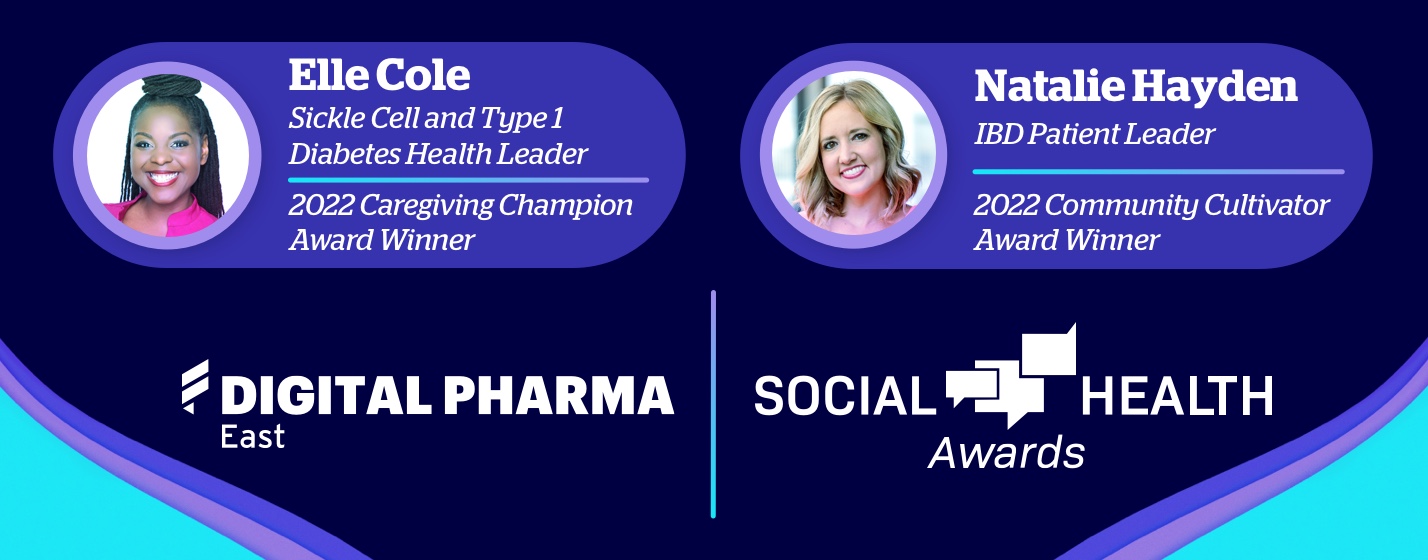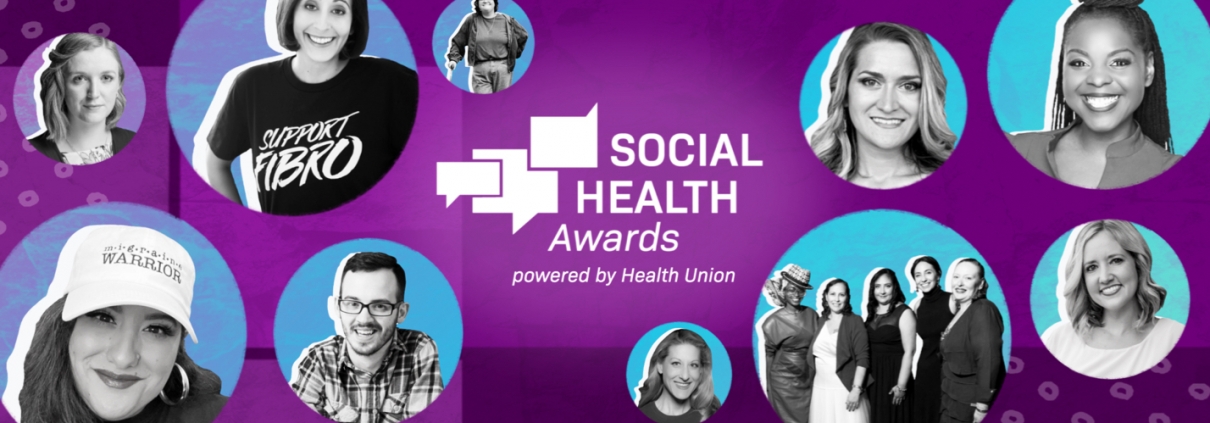Similarly, Elle also has experience with spending extensive time and energy coordinating her daughter’s care. When it came time to refill her daughter’s type 1 diabetes medications every three months, Elle initally had to contact four different pharmacies as all of the medications and equipment came from different places. On top of the time spent every three months, Elle was spending thousands of dollars, which just wasn’t sustainable.
Once she decided to figure out if there was a better way, it took Elle four phone calls and numerous hours to learn that her daughter was eligible for a “diabetic bundle” – which essentially meant if she ordered the medications in a specific order from the same pharmacy on the same day she’d only have one copay. Elle then had to explain the “diabetic bundle” to the pharmacist and connect the insurance company with the pharmacist on a three way call to ensure her daughter received her medication. It was a relief for Elle to learn of this solution, but it took a lot of time and self-investigation to get there.
Making Improvements to the Chronic Condition Experience
From Natalie’s perspective, there’s an adversarial feeling – us vs. them – with patients and pharma; but it doesn’t have to be that way. Many patient leaders, like Natalie and Elle, are interested in partnering with pharma companies and being given the opportunity to use their voice. She stressed that patients want to be asked what resonates with them for advertising, and feel empowered when they see real patients – rather than actors – in marketing materials, on websites or on pharma social media. Elle notes that in the sickle cell space, this is being done really well; whenever she sees sickle cell ads, she recognizes familiar faces of other patients, some of whom she has met.
Natalie also noted that there are opportunities for pharma to better collaborate with HCPs on how to best communicate with patients. As an example, if Natalie accidentally misfires her biologic injection, as a veteran patient, she knows how to handle the situation. But someone who is newly diagnosed in this situation might be sent into complete panic thinking they’ve lost their meds, lost thousands of dollars and may potentially go into a flare. They might be completely unaware of what steps to take, which could be remedied with better communication.
As patient leaders in their respective spaces, Elle and Natalie are regularly asked what to do in these panic situations; there are so many things patients deal with on the back end that may not be top of mind for pharma companies. Per Natalie, “companies need to come to the patients’ side and hold their hands rather than standing in front of them to try to lead the way. Let us walk with you.”
The right technology can make a world of difference when you have a chronic illness – or two – on top of your regular busy life. Elle shared that one of her challenges as a caregiver is remembering to give her daughter her medication. One of her daughter’s medications came with a device that went on top of the bottle and would show if the medication was taken or if it was missed. This worked well for Elle as a caregiver, but patients and caregivers need to be trained on how to use these tools; having the tools alone doesn’t necessarily make a difference.
In addition, if patients, pharmacies, healthcare providers, etc. don’t know these technologies or training programs exist, ultimately they aren’t helpful. The communication needs to come from every level – from patient to caregiver to healthcare provider to pharmacist. The more widely spread the information, the more helpful it will be.
Key Takeaways:
-
- It’s imperative to have the patient voice incorporated every step of the way, and social health makes this possible and easy to execute.
- Collaboration is key. Patient leaders want to have a seat at the table, and want to be on the same team as pharma.
- There’s room for improvement in communication from pharma companies. Many patients and caregivers don’t know they have options and aren’t aware of how to partner with their doctors to figure out the best solutions for themselves or their loved ones.
Elle Cole and Natalie Hayden are just two impressive health leaders who represent the wide range of influential individuals Health Union can connect you with through our extensive Social Health Network. To learn how your brand can plug into the power of social health – from scalable online health communities and social extensions to comprehensive quantitative condition-specific data and more – visit our Business Solutions page.




